

Articles
What Year Was The First Waffle Iron Make
Modified: August 26, 2024
Discover the fascinating history of waffle irons in this informative article. Learn about the year the first waffle iron was made and how it revolutionized breakfast!
(Many of the links in this article redirect to a specific reviewed product. Your purchase of these products through affiliate links helps to generate commission for Storables.com, at no extra cost. Learn more)
Introduction
Waffles have become a beloved breakfast and brunch staple around the world. The crisp exterior, fluffy interior, and delightful pockets to hold syrup and toppings make waffles a truly irresistible treat. But have you ever wondered when the first waffle iron was invented? In this article, we will explore the origins of waffles and delve into the fascinating history of the waffle iron.
Waffles can be traced back centuries ago to Ancient Greece where flat cakes cooked between two metal plates were a common indulgence. These early waffles were quite different from the crispy, grid-patterned waffles we enjoy today. The Greeks called their waffles “obelios” and they were primarily made of wheat flour, oil, and honey. They were often offered as a sacrifice to the gods.
As time went on, waffles made their way to medieval Europe where they gained popularity amongst the upper class. These waffles were thinner and cooked on hot metal plates known as wafer irons. The intricate patterns engraved on these irons added beauty to the waffles, making them a symbol of wealth and status.
However, it wasn’t until the 13th century that the first true waffle irons, similar to the ones we know today, were invented. The precise origins of the waffle iron are still a matter of debate, but some historians believe that it was during this time that blacksmiths began crafting hinged double plates, allowing for the creation of thicker waffles with deeper pockets.
The design and development of waffle irons underwent significant improvements during the Renaissance period. Innovations such as better heat distribution, longer handles for ease of flipping, and more intricate plate designs were introduced. This allowed for the production of waffles that were not only delicious but also visually appealing.
During the 18th and 19th centuries, waffle irons became more accessible to the general public. With the Industrial Revolution, manufacturing processes were streamlined, making waffle irons more affordable and readily available. This led to an increase in popularity, and waffle recipes started appearing in cookbooks. Waffles became a beloved treat for breakfast or dessert, enjoyed by people from all walks of life.
In the modern era, waffle irons have seen even more advancements in terms of technology and convenience. Non-stick coatings have made it easier to remove the waffles without any sticking, and adjustable temperature controls allow for customization of cooking preferences.
Today, there are countless variations of waffles enjoyed all over the world – from the classic Belgian waffles, to the savory cornmeal waffles, to the sweet and indulgent chocolate waffles. The invention of the waffle iron has truly revolutionized breakfast and brunch options, adding a layer of crispy goodness to our mornings.
Next time you indulge in a delicious waffle, take a moment to appreciate the rich history and innovation behind the waffle iron. It is a testament to human ingenuity and our everlasting love for this delectable breakfast treat.
Key Takeaways:
- The Evolution of Waffle Irons: From Ancient Greece to Modern Innovations
Discover the rich history of waffle irons, from their humble beginnings in Ancient Greece to the modern innovations that have transformed waffle making into a convenient and customizable experience. - Waffle Irons: Uniting Cultures and Creating Culinary Delights
Explore how the invention and spread of waffle irons have brought people together, transcended cultural boundaries, and revolutionized the way we enjoy this beloved breakfast and brunch treat.
The Origins of Waffles
Waffles have a long and fascinating history that dates back to ancient civilizations. The origins of waffles can be traced back to the Ancient Greeks, who cooked flat cakes between two metal plates. These early waffles, known as “obelios,” were made from wheat flour, oil, and honey, and were often offered as a sacrifice to the gods.
Waffles, in a similar form, also existed in the Middle Ages, where they were more commonly referred to as “wafer cakes.” These wafer cakes were thin and crispy, but lacked the distinctive grid pattern we associate with waffles today. They were cooked on hot metal plates, known as wafer irons, which often featured elaborate designs and patterns.
During the Renaissance period, the design of waffles and waffle irons began to evolve. Blacksmiths started forging hinged double plates, which allowed for thicker waffles to be cooked with deep pockets. This innovation brought a significant change to the texture and taste of waffles, making them even more enjoyable.
The popularity of waffles continued to grow, and by the 18th and 19th centuries, they had become a beloved treat enjoyed by people from all social classes. Waffle recipes started appearing in cookbooks, and waffle irons became more readily available to the general public.
Waffles made their way to the United States during the colonial era, where they quickly gained popularity. The Dutch settlers in New York introduced their version of waffles known as “wafles,” and the dish became a hit among the early American settlers. Over time, variations of waffles, such as the classic Belgian waffle and the Southern-style buttermilk waffle, emerged across different regions.
Today, waffles have become a staple breakfast and brunch item in many parts of the world. They can be enjoyed in various shapes, sizes, and flavors. From the crispy and light Belgian waffles served with whipped cream and fresh berries to the savory cornmeal waffles topped with fried chicken, there is a waffle variation to please every palate.
The origins of waffles have come a long way since the Ancient Greeks and their sacrificial obelios. The evolution of waffle irons and the countless variations of waffle recipes showcase the creativity and adaptability of cultures throughout history. Whether you prefer your waffles sweet or savory, one thing remains certain – waffles have captured the hearts and taste buds of people around the world for centuries.
Early Attempts at Waffle Making
Long before the invention of dedicated waffle irons, people had been experimenting with various methods to create delicious and crispy waffles. While the exact origin of waffle making techniques is unclear, there is evidence of early attempts at waffle making throughout history.
One such early technique involved cooking waffle-like cakes on hot stones or griddles. Ancient Mesopotamians are believed to have used stone hearths to cook flatcakes, which could be considered the precursors to waffles. They would pour batter made from grains and water onto the hot surface, resulting in a pancake-like treat with a slightly crispy texture.
In ancient Rome, a similar cooking method was used to create a type of waffle known as “oats-frumenty.” The batter was poured onto hot plates and then cooked on an open flame. The resulting waffles were then served with honey and bay leaves for added flavor.
During the Middle Ages, advancements in technology led to the development of more sophisticated cooking methods. Iron griddles with engraved patterns, known as wafer irons, became popular among the upper class. These wafer irons were heated over an open fire, and the batter was poured onto the engraved surface to create wafer-like waffles. These waffles were thinner and crispier compared to the waffles we know today.
As the demand for waffles grew, so did the variety of methods used to cook them. In some regions, waffle dough was wrapped around a hot metal rod and cooked over an open fire, resulting in a spiral-shaped waffle known as a “tristraffel.” This unique method allowed for a different texture and shape of waffles.
While these early attempts at waffle making were successful to some extent, they were far from the convenient and efficient process that we enjoy today. The introduction of dedicated waffle irons marked a significant milestone in the evolution of waffle making technology.
Despite their limitations, these early methods laid the foundation for the development of the waffle making techniques that would eventually lead to the creation of the first dedicated waffle irons. The desire for crispy, delicious waffles inspired inventors and chefs to continuously refine and improve upon these early cooking methods.
It’s fascinating to look back at the early attempts at waffle making and see how far we’ve come. Today, thanks to advancements in technology and the availability of modern waffle irons, we can easily create the perfect waffle with a golden, crispy exterior and a soft, fluffy interior. Waffle making has truly evolved into an art form, delighting breakfast lovers around the world with its endless possibilities and delicious flavors.
Invention of the First Waffle Iron
The invention of the first waffle iron marks a significant milestone in the history of waffle making. While the exact origin of the waffle iron is debated among historians, it is believed to have emerged during the medieval period.
Early waffle irons were quite different from the ones we know today. They were made of cast iron and consisted of two hinged plates that were often engraved with intricate patterns. These plates were connected to long handles to allow for easy flipping and cooking of the waffles over an open fire or stove.
It is challenging to pinpoint the exact individual responsible for inventing the first waffle iron. However, the development of this groundbreaking cooking utensil can be attributed to the ingenuity of blacksmiths during the medieval era.
Blacksmiths played a vital role in crafting the intricate hinged plates that made the waffle iron possible. With the ability to mold and shape iron, they were able to create the necessary design elements that allowed for easier cooking and the creation of distinct waffle patterns.
These early waffle irons were primarily used by the elite class, as they were expensive and required skilled craftsmen to create. The engraved patterns on the plates added a touch of elegance and sophistication, making waffles a symbol of wealth and status.
As time went on, the design of waffle irons continued to evolve. In the 13th century, blacksmiths introduced improvements such as hinged plates with increased depth, allowing for the creation of thicker waffles with deeper pockets. This innovation transformed the texture and taste of waffles, making them more enjoyable and satisfying.
The invention of the waffle iron revolutionized the cooking process, enabling waffles to be cooked more evenly and efficiently. The hinged plates ensured that both sides of the waffle received equal heat, resulting in a golden, crispy exterior and a light, fluffy interior.
It is important to note that the first waffle irons were not electric, as electricity had yet to be discovered. Instead, they were heated using an open fire or stove. The process required attentiveness and skill to ensure that the waffles were cooked to perfection without burning.
The invention of the first waffle iron laid the foundation for the widespread popularity of waffles. It brought a new level of convenience and consistency to waffle making, allowing for the creation of delicious, uniform waffles that could be enjoyed by families and individuals alike.
Today, waffle irons have evolved significantly, with a plethora of modern, electric models available to suit every preference and budget. However, the invention of the first waffle iron remains a testament to human ingenuity and the timeless appeal of this beloved breakfast treat.
The first waffle iron was made in the 14th century in the Low Countries, which are now Belgium and the Netherlands.
Design and Development of the First Waffle Iron
The design and development of the first waffle iron played a crucial role in transforming waffle making into the popular culinary tradition it is today. Over the centuries, the design of waffle irons has undergone significant changes, resulting in the convenient and efficient cooking utensils we use in our kitchens today.
Early waffle irons were made of cast iron and consisted of two hinged plates. These plates were often engraved with intricate patterns, adding beauty and elegance to the waffles. The hinged design allowed for easy flipping and cooking of the waffles over an open flame or stove.
During the Renaissance period, advancements in technology and craftsmanship led to the further development of waffle iron designs. Blacksmiths began improving the heat distribution of the waffle irons by forging the plates with thinner, more even surfaces. This enhanced heat conduction resulted in more uniform cooking of the waffles.
The handles of the waffle irons were also modified during this time. Longer handles were introduced to prevent burns while flipping the waffles and to provide better control over the cooking process. These longer handles gave cooks the ability to rotate the waffle iron easily and ensure even browning on every side of the waffle.
By the 16th century, the design of waffle irons had become more elaborate and intricate. The plates were engraved with intricate patterns, often depicting heraldic symbols or religious motifs. These designs not only added aesthetic appeal to the waffles but also served as a status symbol for those who owned such elaborate waffle irons.
During the 18th and 19th centuries, advancements in manufacturing processes led to the mass production of waffle irons. This made them more accessible and affordable to the general public. With the rise of the Industrial Revolution, waffle irons were manufactured on a larger scale, allowing more households to enjoy homemade waffles.
In the 20th century, electric waffle irons emerged, revolutionizing the way waffles were cooked. These electric models eliminated the need for open flames or stovetops and offered more precise temperature control. This allowed for consistent cooking and ensured that the waffles were evenly browned and cooked to perfection.
Over time, the design of electric waffle irons continued to evolve. Non-stick coatings were introduced, making it easier to remove the waffles without sticking. Adjustable temperature controls allowed for customization of the cooking preferences, accommodating different levels of crispness desired by individuals.
Today, modern waffle irons come in various designs and functionalities. From classic square grids to heart-shaped plates, there are options to suit every aesthetic preference. Some waffle irons even come with interchangeable plates, allowing for the creation of different shape and pattern variations.
The design and development of the first waffle iron laid the groundwork for the evolution of waffle-making technology. From humble beginnings, the waffle iron has become a versatile and indispensable kitchen tool for creating delicious and crispy waffles.
Thanks to the innovations in design and manufacturing, we can now effortlessly whip up batches of waffles, giving us the opportunity to enjoy this beloved breakfast treat in the comfort of our homes.
Popularity and Spread of Waffle Irons
After the invention and refinement of the waffle iron, it didn’t take long for waffles to gain popularity and for the use of waffle irons to spread across different regions and cultures. The convenience and deliciousness of waffles captured the hearts and taste buds of people from all walks of life.
During the 18th and 19th centuries, waffle irons became more accessible to the general public. With the rise of the Industrial Revolution, manufacturing processes were streamlined, making waffle irons more affordable and readily available. This led to an increase in popularity and the spread of waffle-making practices.
Waffle recipes started appearing in cookbooks, giving people the opportunity to recreate this delightful treat in their own homes. As more households acquired waffle irons, waffle-making became a cherished culinary tradition, particularly during special occasions and holidays.
Waffles became a staple breakfast and brunch item in many countries, including Belgium, where the Belgian waffle gained immense popularity. The iconic grid pattern and fluffy texture of Belgian waffles set them apart from other variations, and the introduction of toppings like whipped cream, fresh fruits, and maple syrup enhanced their appeal even further.
The popularity of waffle irons continued to grow with waves of immigration. European settlers brought their waffle-making traditions to other parts of the world, including North America. The Dutch settlers in New York, for example, introduced their version of waffles known as “wafles,” which quickly became a beloved American breakfast staple.
As waffles gained popularity in different regions, variations emerged to cater to different tastes and culinary traditions. In the United States, for example, the Southern-style buttermilk waffles gained popularity among Southerners, who often enjoyed them with fried chicken for a savory and sweet combination.
The spread of waffle irons and the popularity of waffle-making continued to expand with the advent of commercial waffle houses and restaurants specializing in waffles. These establishments served up a variety of waffle creations, offering customers a wide range of options beyond the traditional plain waffle.
Advancements in technology also contributed to the popularity and spread of waffle irons. Electric waffle irons, introduced in the 20th century, made it even easier for people to enjoy homemade waffles. Electric irons provided consistent and precise heat control, resulting in perfectly cooked waffles every time.
Today, waffle irons and waffles can be found in homes and restaurants worldwide. Waffle-centric establishments have gained immense popularity, offering innovative and unique waffle creations that cater to different tastes and dietary preferences.
From classic Belgian waffles to gluten-free and vegan options, the versatility of waffles has allowed them to remain a beloved breakfast and brunch food around the globe. The widespread availability of waffle irons, advancements in technology, and the creative possibilities of waffle recipes have ensured that waffles continue to be a delicious treat enjoyed by people of all ages and backgrounds.
Modern Innovations in Waffle Iron Technology
Waffle iron technology has come a long way since the invention of the first waffle irons. In the modern era, advancements in technology and design have transformed waffle making into a convenient and customizable experience. Let’s explore some of the exciting innovations in waffle iron technology.
One significant advancement is the introduction of non-stick coatings on waffle irons. Non-stick surfaces, typically made from materials like Teflon or ceramic, prevent the waffle batter from sticking to the plates. This makes it easier to remove the cooked waffles intact, without any mess or frustration.
Another innovation is the development of adjustable temperature controls. Modern waffle irons allow users to select their desired cooking temperature, giving them control over the crispness and texture of the waffles. Whether you prefer a lightly golden waffle or a deeply crispy one, adjustable temperature controls allow for customization according to personal preferences.
Flip-style waffle irons have also gained popularity in recent years. These irons feature a hinge that allows the plates to be flipped, redistributing the batter and ensuring even cooking on both sides. Flip-style waffle irons provide consistent results and create waffles with a uniform texture and color.
Another exciting innovation is the advancement in indicator lights and audible alerts. Many modern waffle irons are equipped with LED indicator lights that signal when the iron is preheated and ready for the batter. Some models even have audible alerts or beeping sounds to indicate when the waffles are cooked to perfection, making it easier for users to know precisely when their waffles are done.
In recent years, waffle irons with interchangeable plates have gained popularity. These versatile irons allow users to switch between different plate designs, such as classic square grids, round grids, or even plates with unique patterns. This allows for greater creativity and flexibility in the appearance and presentation of waffles.
Advancements have also been made in the durability and longevity of waffle irons. Manufacturers have introduced sturdier materials and improved construction techniques to ensure that waffle irons withstand frequent use and last for years. This durability allows home cooks and professional chefs alike to enjoy the benefits of a reliable and long-lasting waffle iron.
Lastly, the rise of smart technology has made its way into the world of waffle irons. Intelligent features such as Wi-Fi connectivity and smartphone apps allow users to control and monitor their waffle irons remotely. This modernization offers convenience and flexibility, allowing users to adjust settings and receive notifications directly on their smartphones.
With these modern innovations, waffle making has become more user-friendly, convenient, and personalized. From non-stick coatings to adjustable temperature controls and flip-style designs, these advancements have transformed waffle irons into versatile and indispensable kitchen tools.
Whether you crave classic Belgian waffles, inventive flavor combinations, or customized waffle creations, modern waffle iron technology ensures that you can enjoy the perfect waffles with ease and precision.
Conclusion
From humble beginnings to modern innovations, the journey of waffle irons has been nothing short of fascinating. The invention of the first waffle iron marked a turning point in the history of waffle making, revolutionizing breakfast and brunch traditions worldwide.
Throughout history, waffle irons have evolved in design and functionality, thanks to the creativity and ingenuity of countless inventors, blacksmiths, and manufacturers. From the cast iron hinged plates of ancient times to the electric and versatile models of today, waffle irons have undergone significant changes to meet the demands of home cooks and professional chefs.
Waffles, with their crispy exterior and fluffy interior, have become an icon of breakfast and brunch. They have transcended cultural boundaries to become a beloved treat enjoyed by people around the world. The popularity and spread of waffle irons have played a central role in this global culinary phenomenon.
With modern innovations such as non-stick coatings, adjustable temperature controls, flip-style designs, and even smart technology, waffle irons have become more user-friendly and customizable than ever before. These advancements have allowed home cooks and professional chefs alike to unleash their creativity and create waffle creations that suit their tastes and preferences.
The waffle iron has not only transformed the way we cook waffles but has also brought communities together. People can gather around a table, sharing a stack of warm waffles and enjoying the rich flavors and textures that this beloved treat offers. Waffles have become a symbol of comfort, indulgence, and togetherness.
As we savor the deliciousness of waffles, let’s not forget the rich history and innovation behind the waffle iron. It is a testament to human creativity and our unending quest for culinary pleasures.
So the next time you enjoy a plate of waffles, whether classic or with a modern twist, take a moment to appreciate the journey that the waffle iron has gone through. From ancient Greeks pouring batter between hot stones to the sleek, efficient models of today, the waffle iron has stood the test of time, capturing our hearts and taste buds along the way.
Here’s to the waffle iron, the unsung hero behind our favorite breakfast and brunch delight.
Frequently Asked Questions about What Year Was The First Waffle Iron Make
Was this page helpful?
At Storables.com, we guarantee accurate and reliable information. Our content, validated by Expert Board Contributors, is crafted following stringent Editorial Policies. We're committed to providing you with well-researched, expert-backed insights for all your informational needs.


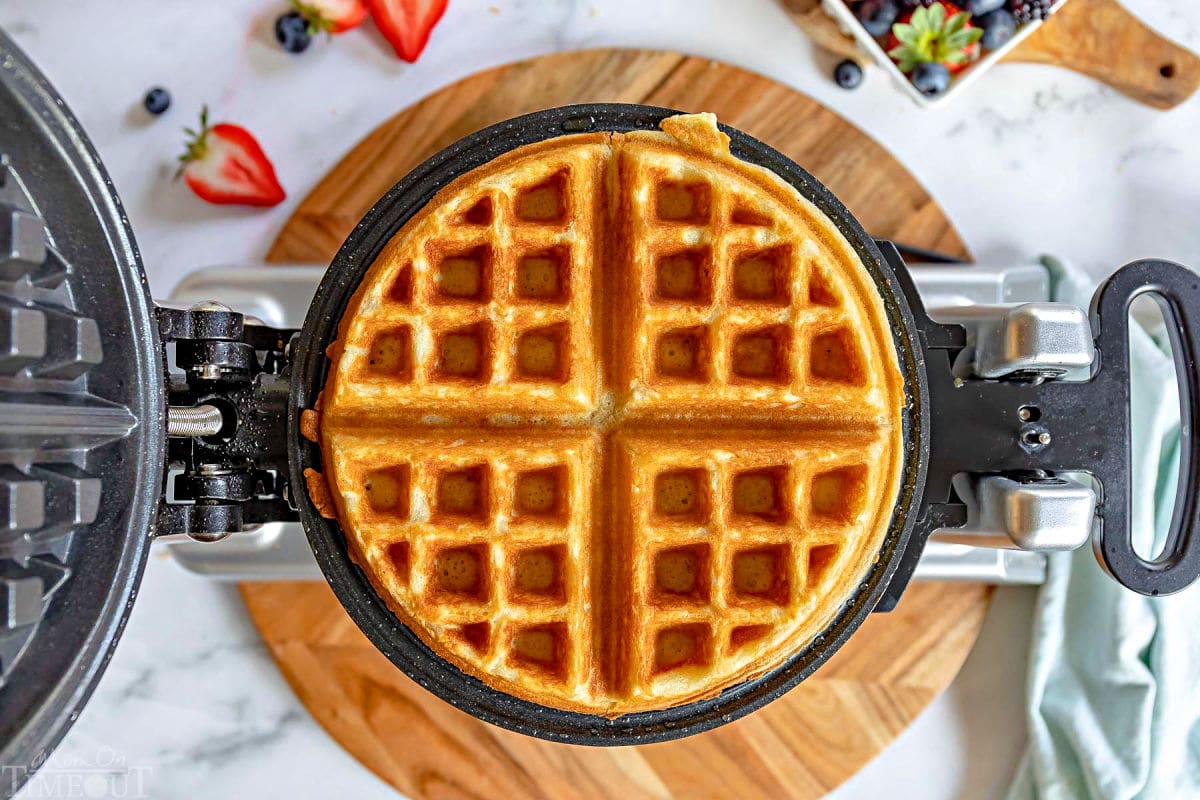
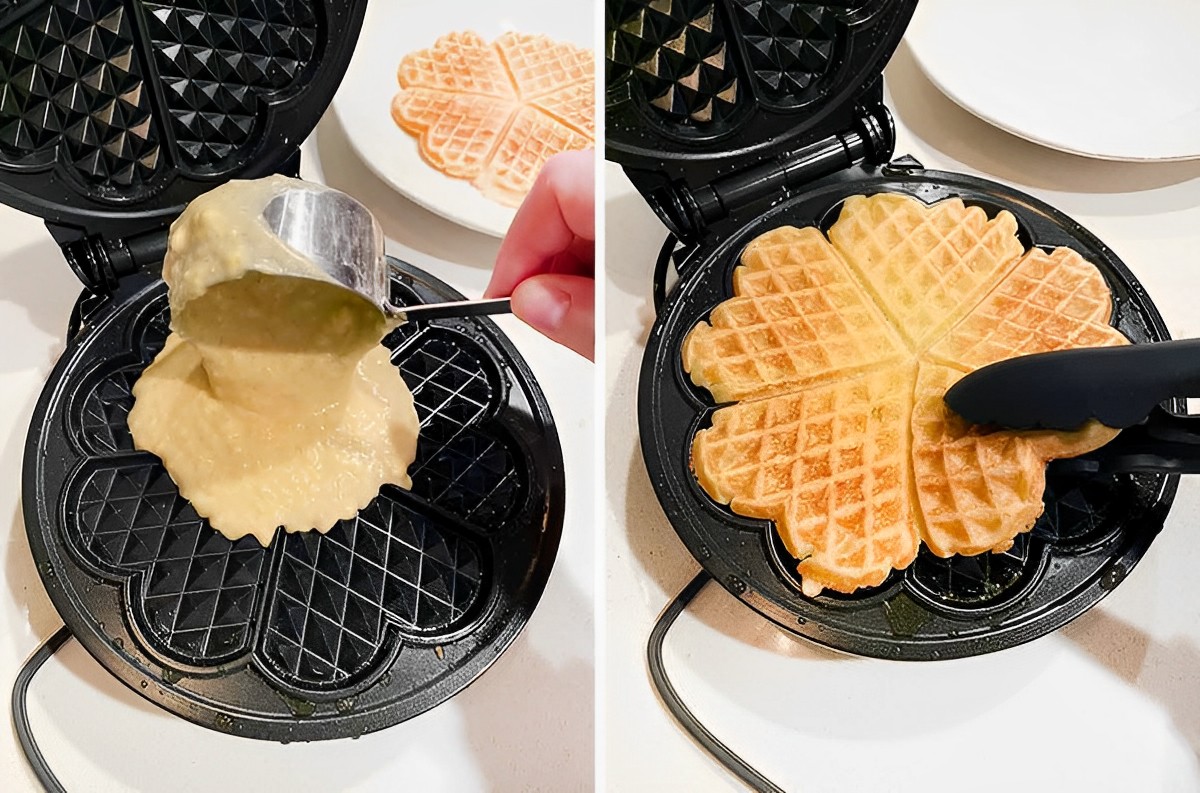

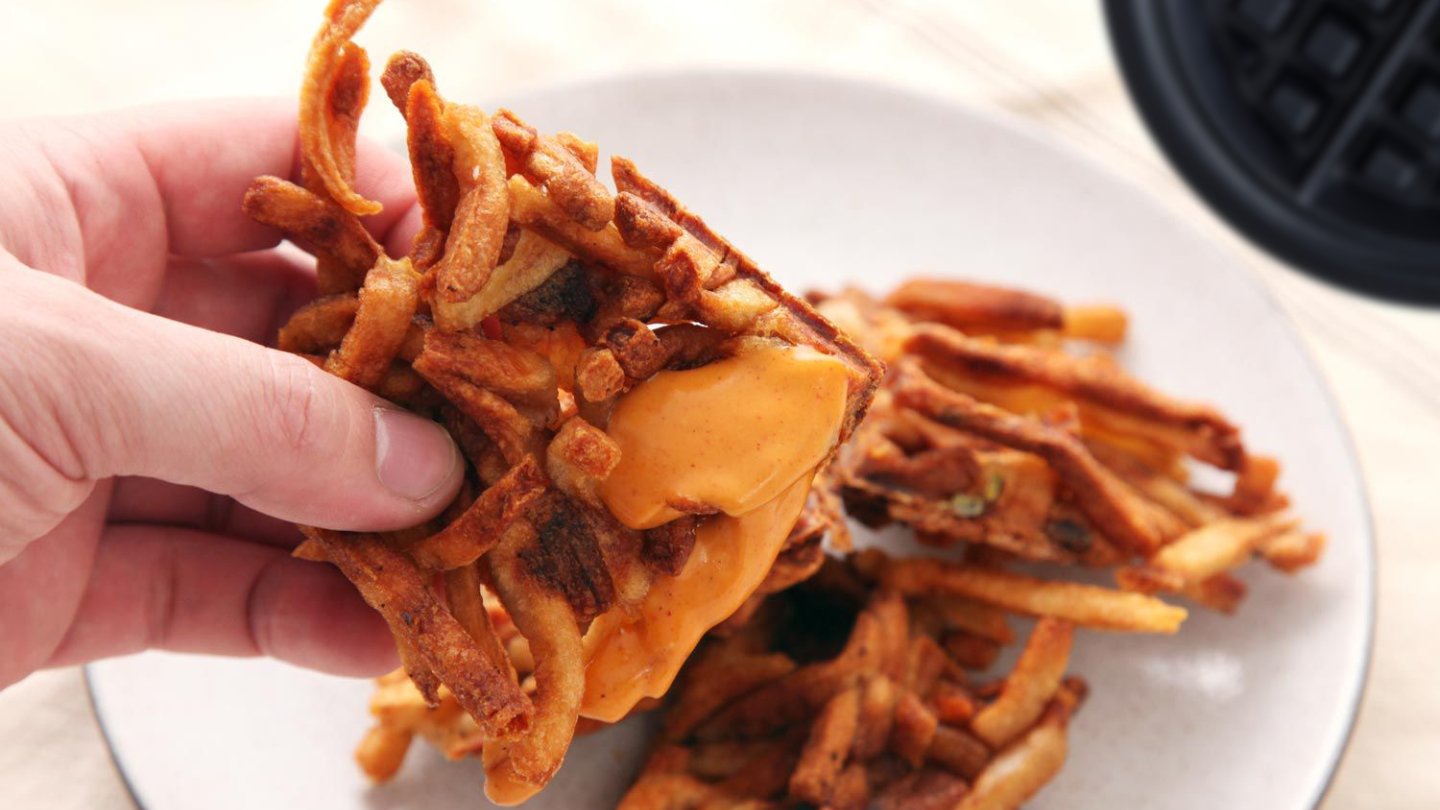
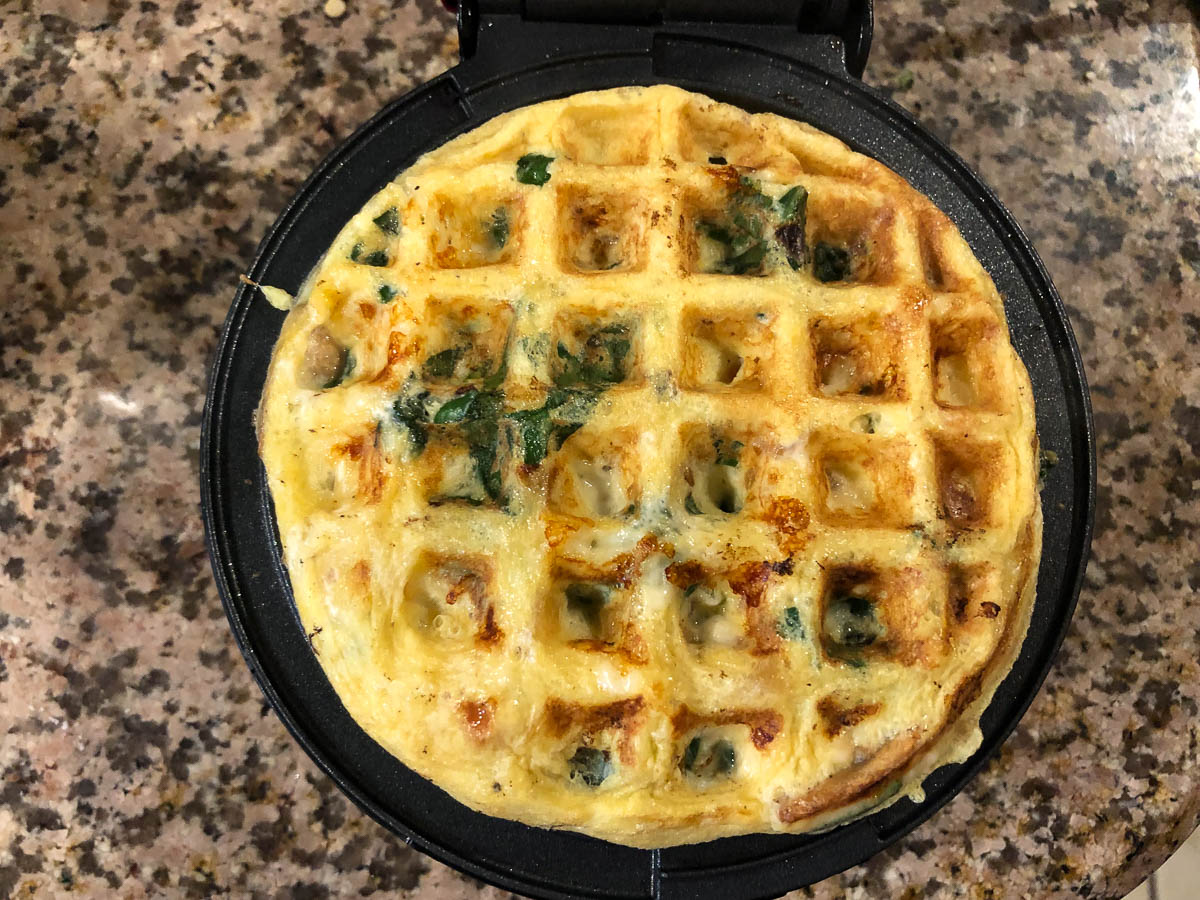
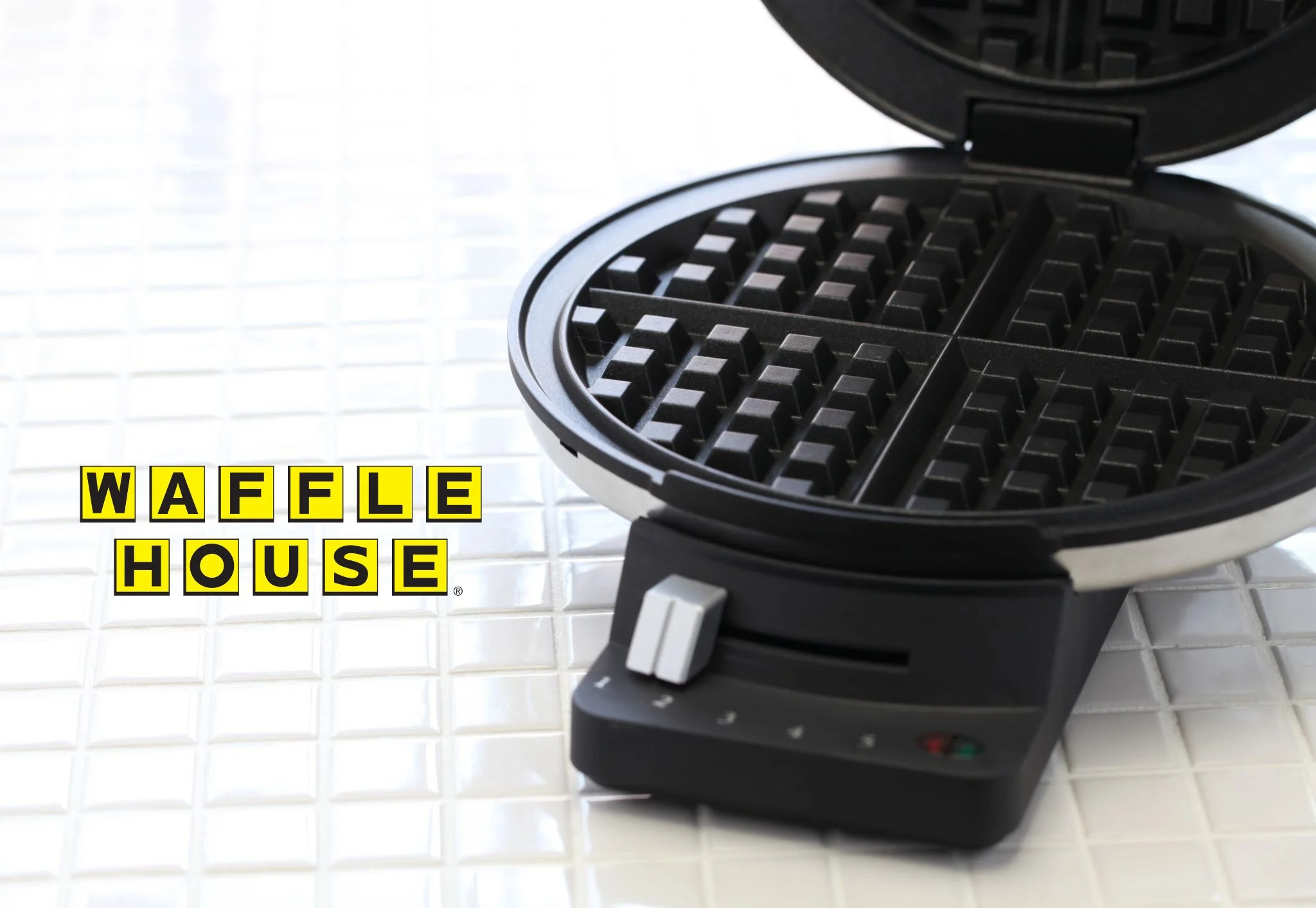
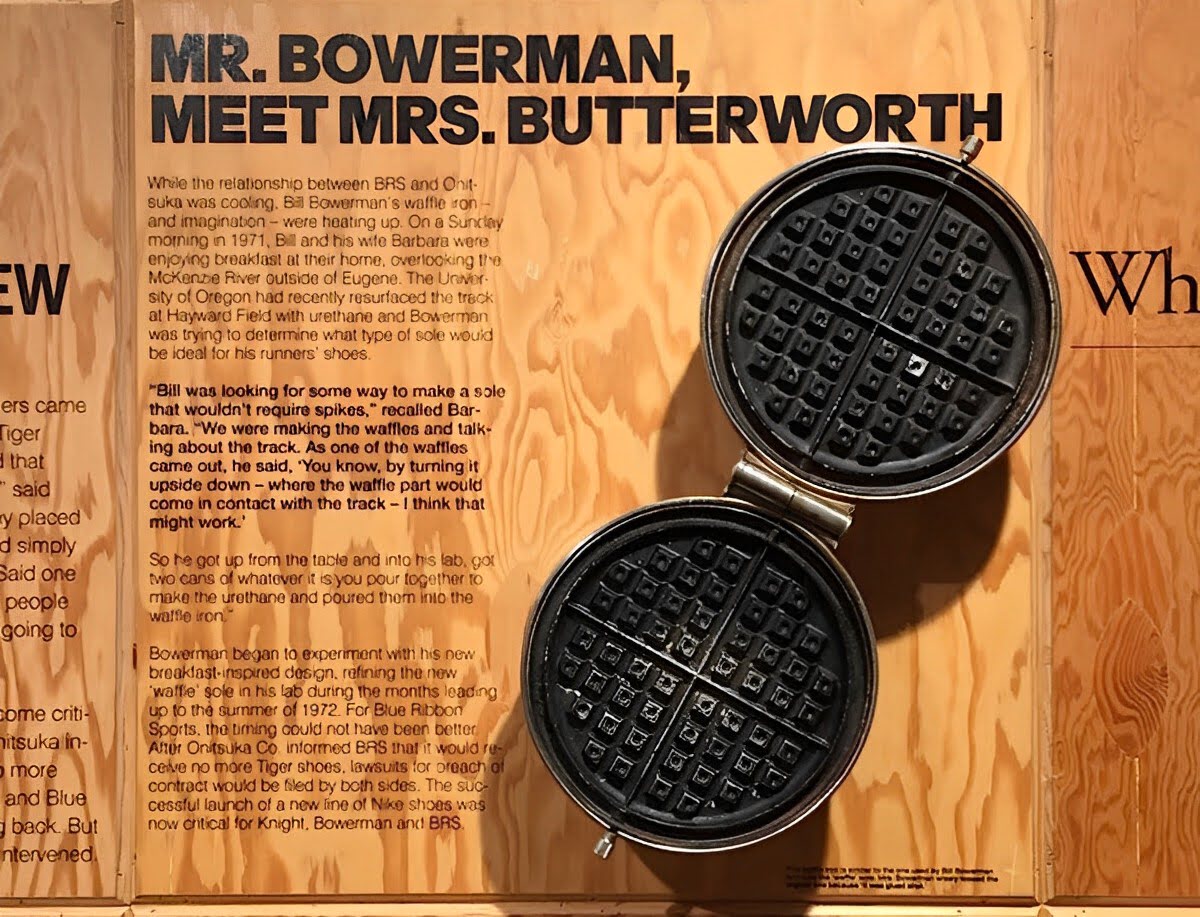
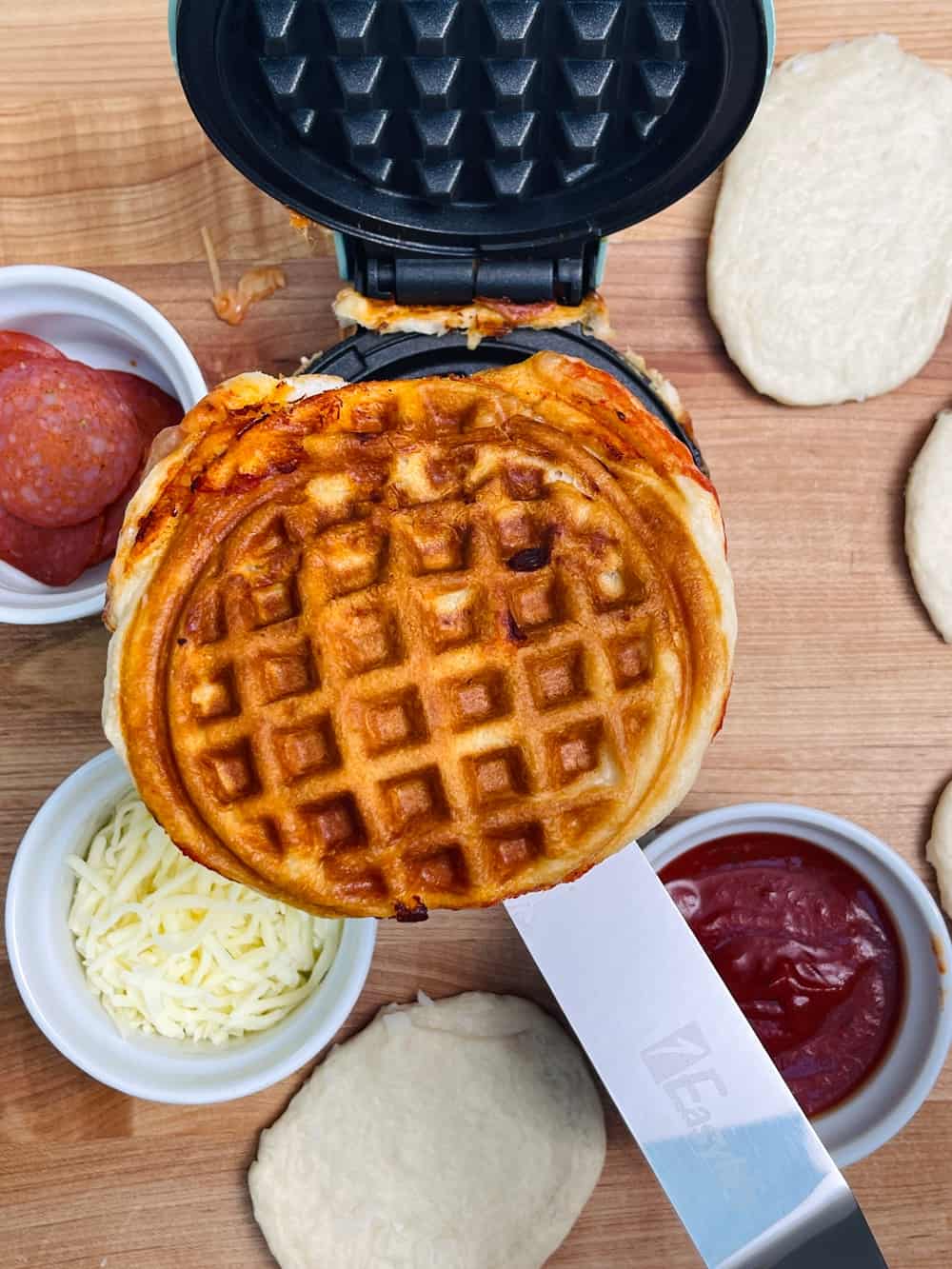


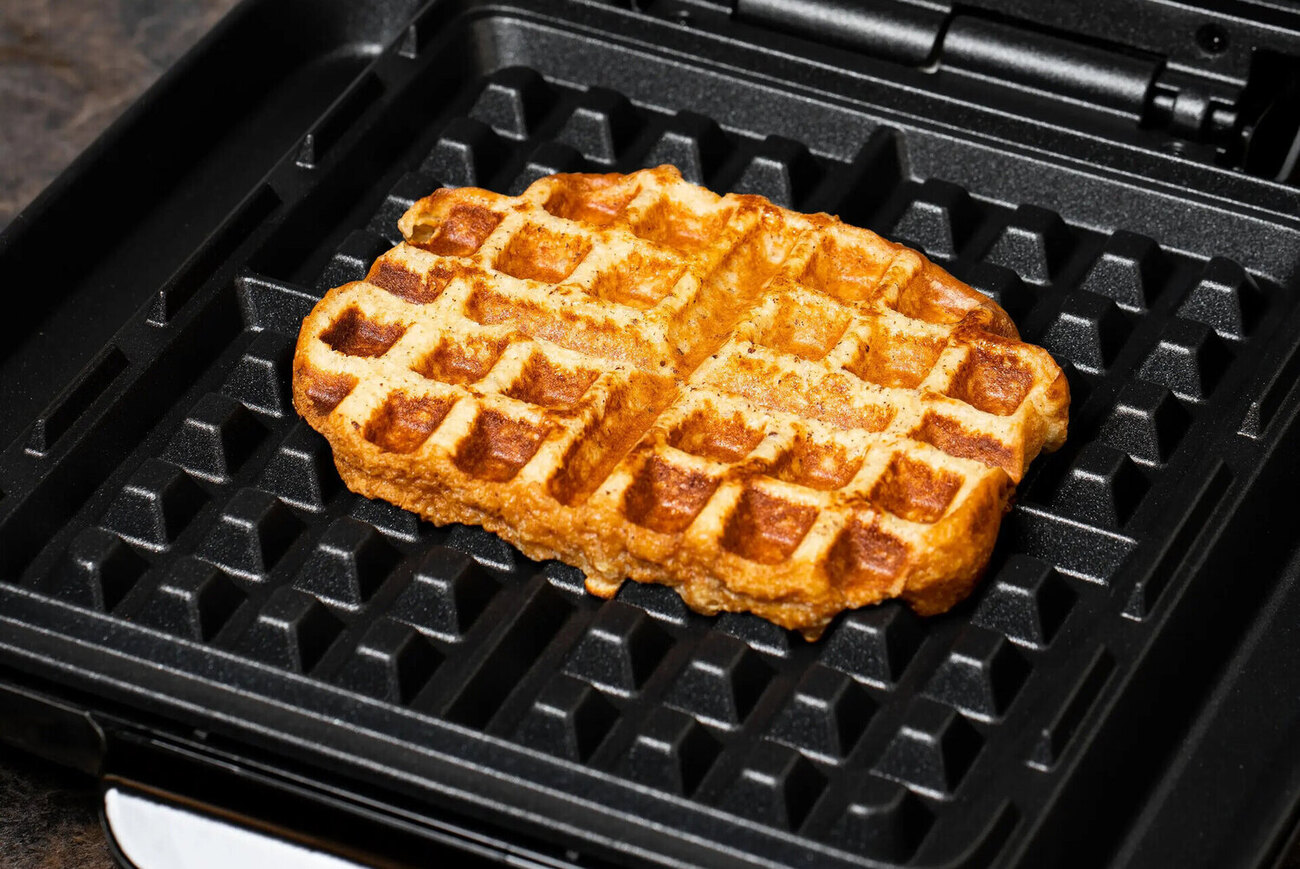
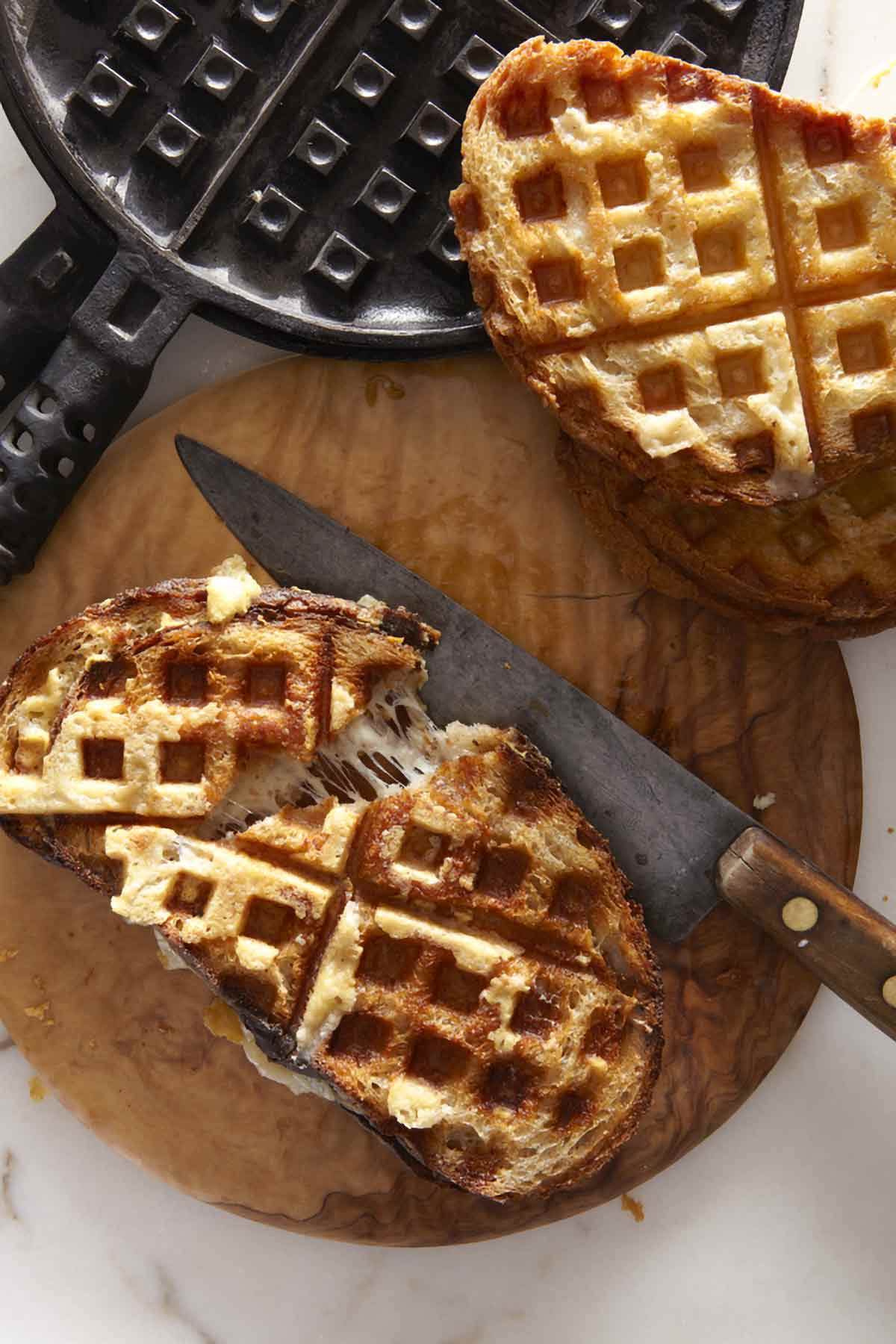

0 thoughts on “What Year Was The First Waffle Iron Make”